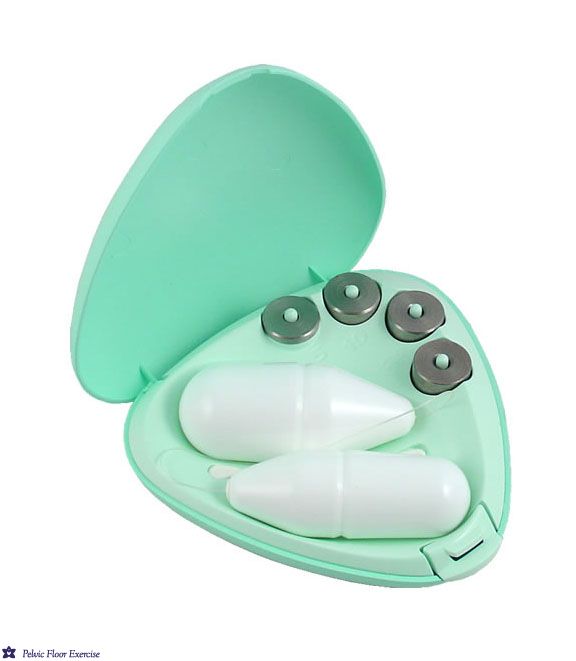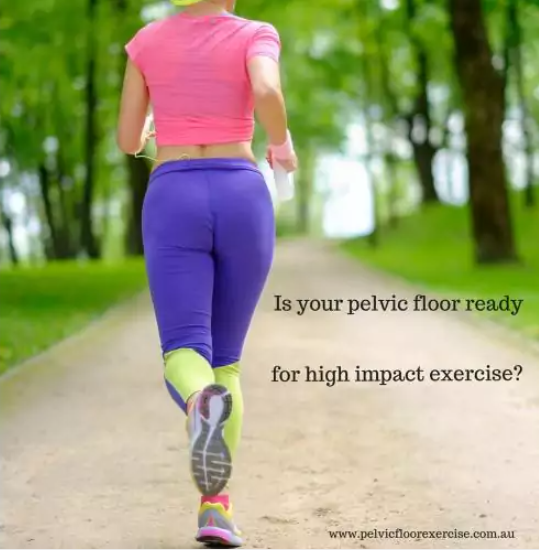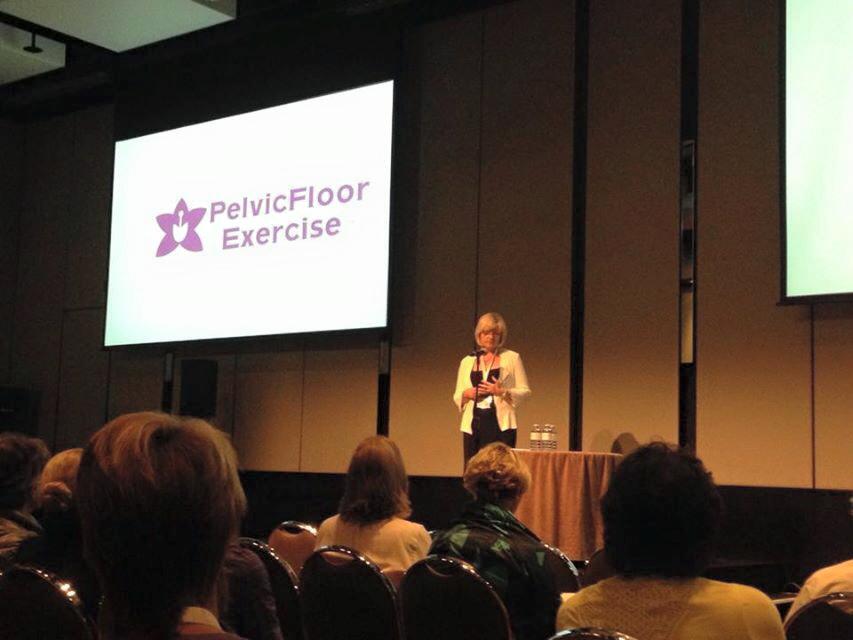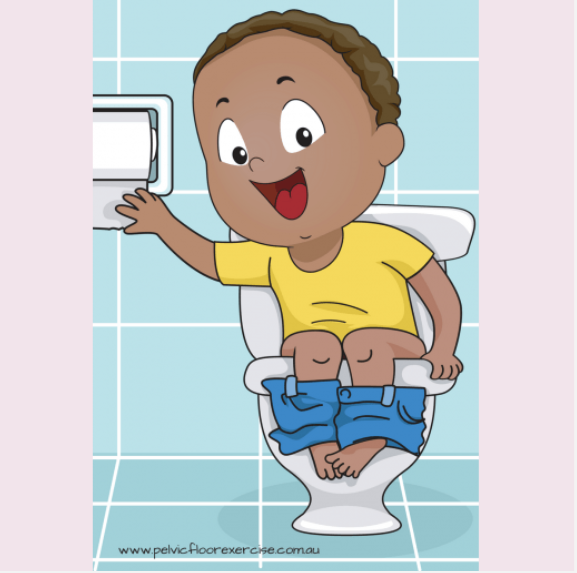Women's Health
-
22 NovRead more »

3 things you can do to stop leaking at the gym.
Do you leak when you exercise? Do you make an excuse not to attend if your gym session includes running, skipping or, even worse, double unders and box jumps?
This is called Stress Urinary Incontinence (SUI) and you are not alone, but there are solutions!
A recent study1 of over 4500 women found that 46% had stopped exercise they previously enjoyed due to their pelvic floor symptoms. Of these, 41% reported the reason to be SUI.
Many long term health issues can result from not exercising. For females in particular, due to hormonal fluctuations throughout life’s stages, lack of exercise can affect bone strength, muscle mass and c
-
13 DecRead more »
Aquaflex Pelvic Floor Exercise System has been a favourite easy- to -use set of pelvic floor or kegel weights for decades.
Sadly production was recently ceased without warning and I have been fielding many questions as to what do we use now?!There have always been many alternatives so let's look at what you might want to consider whether for yourself, or if you are a clinician, for your patients.
For a long time we have had a pelvic floor weight comparison chart on our website which you can view here.
I created this in response to the "which vaginal weights are best for me / my patient?" question. The answer to that is .....it depends.
There never has been just one brand that is best.
The choice of weight should sit squarely with the answer to "what is the width of the genital hiatus?"
The hiatal width is the -
1 MarRead more »
This article first appeared on Go Mum! Fitness as a guest blog I was asked to do.
As women’s health physios, we are often asked “when can I return to high impact exercise? “ Expectations of the media, celebrities and social media would suggest that new mums can do no right – everyone is telling you how you should do every thing from birthing your baby to what you should look like afterwards!
Many women feel they have to do high impact workouts in order to build up a sweat, get fit, burn fat and lose baby weight. However, high impact exercise is a common cause of Stress Urinary Incontinence (SUI), or wetting yourself when you exercise/cough/sneeze, particularly in post natal women.Interestingly, one of the main independent risk factors for SUI after having a baby is BMI, or body mass index – the amount of fat your body carries. Postnatal depression is also common, and SUI can be one of the triggers. So it totally makes sense that we exercise after having a baby; but does that leave us between a rock and a hard place?
-
15 SepRead more »
Well the WHFS summit is over and done in a flash.
What did I do?
As bronze sponsors for the event I spent a few minutes telling everyone about our company and what we do...
Who did I meet?
I had the pleasure of meeting in person, my colleague, the beautiful Heba Shaheed of The Pelvic Expert who did her first ever presentation at a conference as part of The Platform which Mish created specially to allow first time presenters an opportunityto share their knowledge. Heba is a women's health physio in Sydney and spoke about The Tight Hypertonic Pelvic Floor.
-
11 JulRead more »
Last time we talked about the importance of the pelvic floor muscles and their role in supporting the pelvic organs and helping to prevent or reduce pelvic organ prolapse.
This can’t happen without a little help from the pelvic floor’s friends – the other core muscles. “The core” is often quite misunderstood. Physiotherapists often see people who are very sure they are doing the correct action.
I can do 100 crunches!! how can I be doing it wrong?’
-
9 JulRead more »
When first faced with a diagnosis of breast cancer the uppermost thought is treatment, not consequences.
Initial treatment and ongoing management are the most important considerations but what happens once you are through these stages?
Your hair is growing back, you are regaining confidence and vitality, you have adapted to whichever choice you have made for replacing your breast…..and you are now feeling more like resuming your intimate relationships but here can be where some of the consequences of treatment for breast cancer are experienced.








